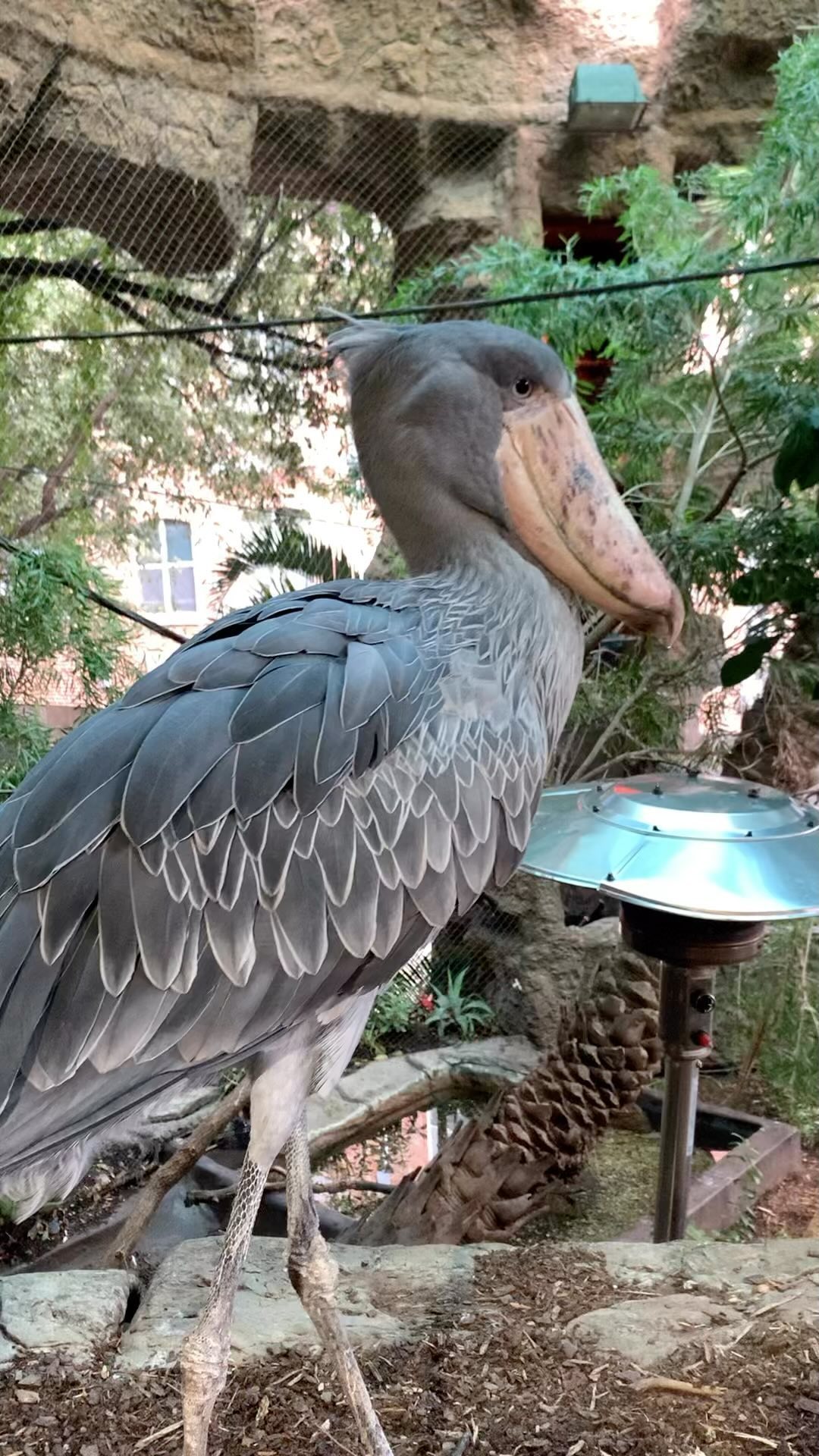The Shoebill stork (Balaeniceps rex) is a unique and fascinating bird species native to the tropical swamps of central equatorial Africa. Here are some interesting and factual details about the Shoebill stork:
- Appearance: The Shoebill stork is characterized by its large, shoe-shaped bill that gives the bird its name. The account can reach up to 9 inches (23 cm) in length and has a sharp hook at the end, which helps the bird catch its prey.
- Size: Shoebill storks are large birds, standing around 3.6 to 4.3 feet (110 to 140 cm) tall and boasting a wingspan of 7.7 to 8.6 feet (230 to 260 cm). They can weigh between 11 to 15.4 pounds (5 to 7 kg).
- Habitat: Shoebill storks inhabit freshwater swamps, marshes, and wetlands in central tropical Africa. Their range includes countries such as Sudan, South Sudan, Uganda, Rwanda, Zambia, and the Democratic Republic of the Congo.
- Diet: They are primarily piscivorous, feeding on fish like lungfish and catfish. They also consume amphibians, reptiles, and small mammals. Shoebill storks are ambush predators, standing still for extended periods before lunging at their prey.
- Reproduction: Shoebill storks are solitary birds, only coming together during the breeding season. They build large nests on floating vegetation or in areas with dense vegetation. Females lay one to three eggs, which both parents incubate for about 30 days. The chicks fledge after around 95-105 days.
- Conservation status: The Shoebill stork is listed as “Vulnerable” on the IUCN Red List. The primary threats to their population include habitat loss, disturbance, and hunting. In some areas, the Shoebill stork is hunted for food, traditional medicine, or the pet trade.
- Unique behavior: Shoebill storks are known for their statue-like stance when hunting, remaining motionless for extended periods to ambush their prey. They also engage in “bill-clattering,” where they rapidly open and close their bills, creating a clattering sound, likely as communication.
- Lifespan: The lifespan of a Shoebill stork in the wild is estimated to be around 35 years, although they can potentially live longer in captivity under proper care.


